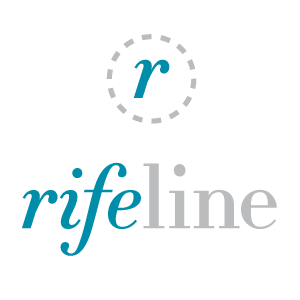South Lamar Corridor Transportation Improvement Program
Client Information:
Alan Hughes, P.E.
City’s Project Manager
Austin Transportation Department
Rashed T. Islam, P.E., PTOE
Consultant Project Manager
HDR, Inc.
Timeline:
August 2014 – August 2015
Scope of Work:
Stakeholder Engagement, Public Involvement Strategy and Execution, Informed Consent (SDIC), Stakeholder and Issues Identification, Meeting Documentation, Writing and Editing of Fact Sheets, eNewsletters, Public Involvement Plans and Summary Reports, Outreach Materials, Display Boards and Exhibits, Event Planning and Management, Open Houses and Neighborhood Meetings.
Overview:
South Lamar Boulevard between Riverside Drive and Ben White Boulevard is a highly traveled roadway and a primary route to and from Downtown Austin. It is an important commercial corridor and home to a diverse group of residents living in proximity to the roadway. The corridor landscape is rapidly changing, attracting more people to the corridor looking to be part of the local culture.
The South Lamar Corridor Transportation Improvement Program was funded by CIty of Austin voters in November 2012. The goals of the program were to:
- Provide users, neighbors, property owners, and other direct stakeholders served by the corridor with sufficient opportunity to contribute their input to the City of Austin and its consultants to inform and help shape the results of each Transportation Corridor Study.
- Ensure that traditionally underrepresented and hard-to-reach populations and groups have sufficient opportunity to engage in the Corridor Study process. This goal involved using targeted and customized outreach strategies to ensure opportunities to participate for populations and groups.
- Maintain communications and outreach between the City of Austin and its consultants and other transportation providers, government agencies, and key public and private partners.
- Communicate and enable opportunities for input for interested citizens throughout the City of Austin through appropriate engagement and outreach strategies.
Rifeline was hired to assist with public involvement efforts. We began by developing a Public Involvement Plan and identifying stakeholders with an interest in the corridor. Public engagement strategies were suggested to engage community groups including Bike Austin, the AISD Health Advisory Committee, neighborhood associations (including Bouldin Creek Neighborhood Association, the South Lamar Neighborhood Association, the Zilker Neighborhood Association, and the Barton Hills Neighborhood Association), area business owners, property owners, and other stakeholders with specific concerns.
Outreach methods included walking business and sending information home with students at Zilker Elementary, Barton Hills Elementary, and the Ann Richards School. Online and in-person surveys were used to collect data. Over 1,000, comments were received over the course of the program. All materials were developed in both English and Spanish.
Two Open Houses were held on December 10, 2014, and May 27, 2015. Community members were invited to learn about the goals and objectives of the study, review existing corridor data, and provide input by submitting comments and participating in surveys.
On February 18, 2015, Rifeline organized a walk audit with City of Austin staff in order to gain a better understanding of the corridor in preparation for the second Open House. The team began the audit at Riverside Drive and Lamar Boulevard, and walked the full 3-mile corridor to the Brodie Oaks Shopping Center at US 290. During the audit, the team documented existing conditions along South Lamar Boulevard, including sidewalk conditions, crosswalk conditions, ramps and accessibility, bus stop conditions and accessibility, bike signage, drainage, and utility conflicts in the walkway. Active use of the corridor was also noted, such as unprotected mid-block crossings, cyclists in the roadway and on the sidewalks, driveway access to businesses, and parking conflicts where parking areas extended into the pedestrian path.
The City of Austin is currently making changes to the preliminary design ideas based on community input that was received on draft proposals for the corridor that were presented at the May 25, 2015, Open House. Next they will produce a report that will outline proposed short-, mid-, and long-term improvements to the entire corridor, community feedback, and a glance at what is needed to implement each piece (such as funding or direction from the Austin City Council).
For more information about the South Lamar Corridor Development Program, visit AustinTexas.gov/SouthLamar.

